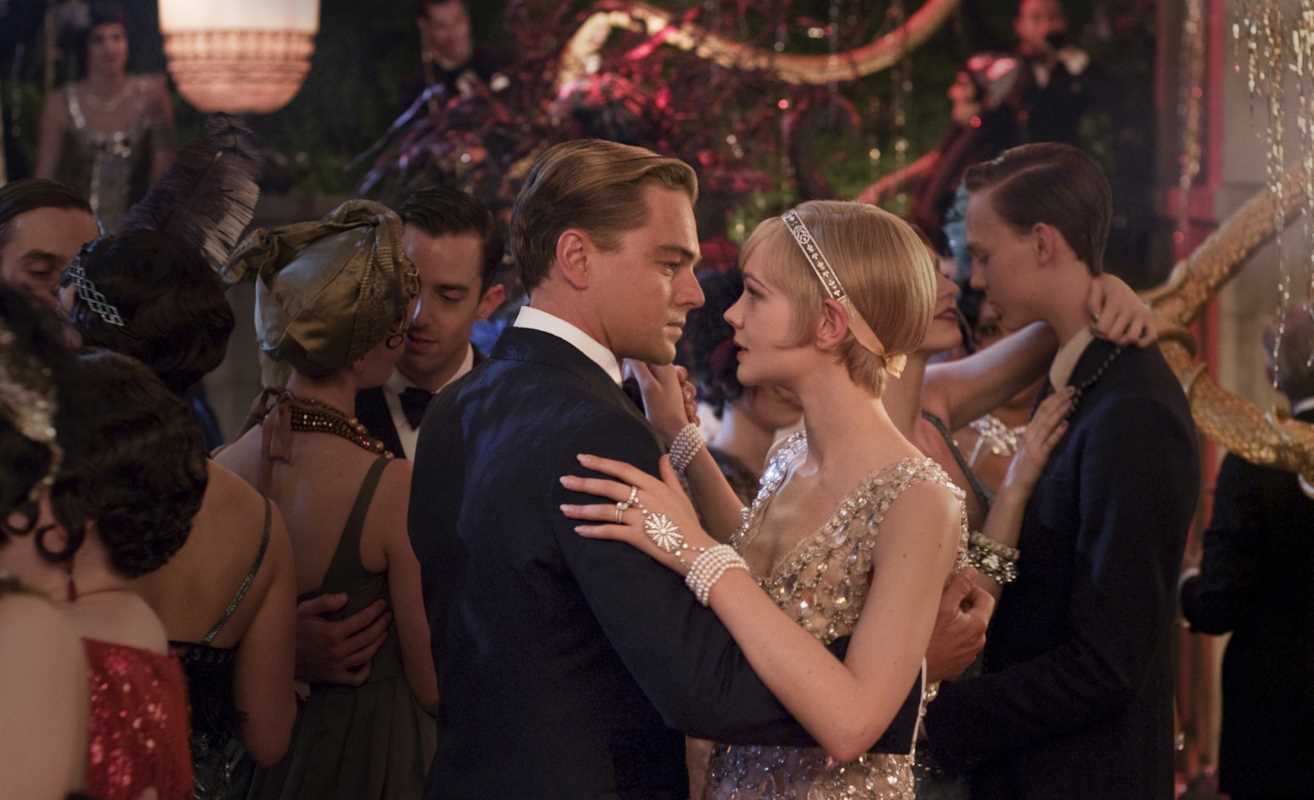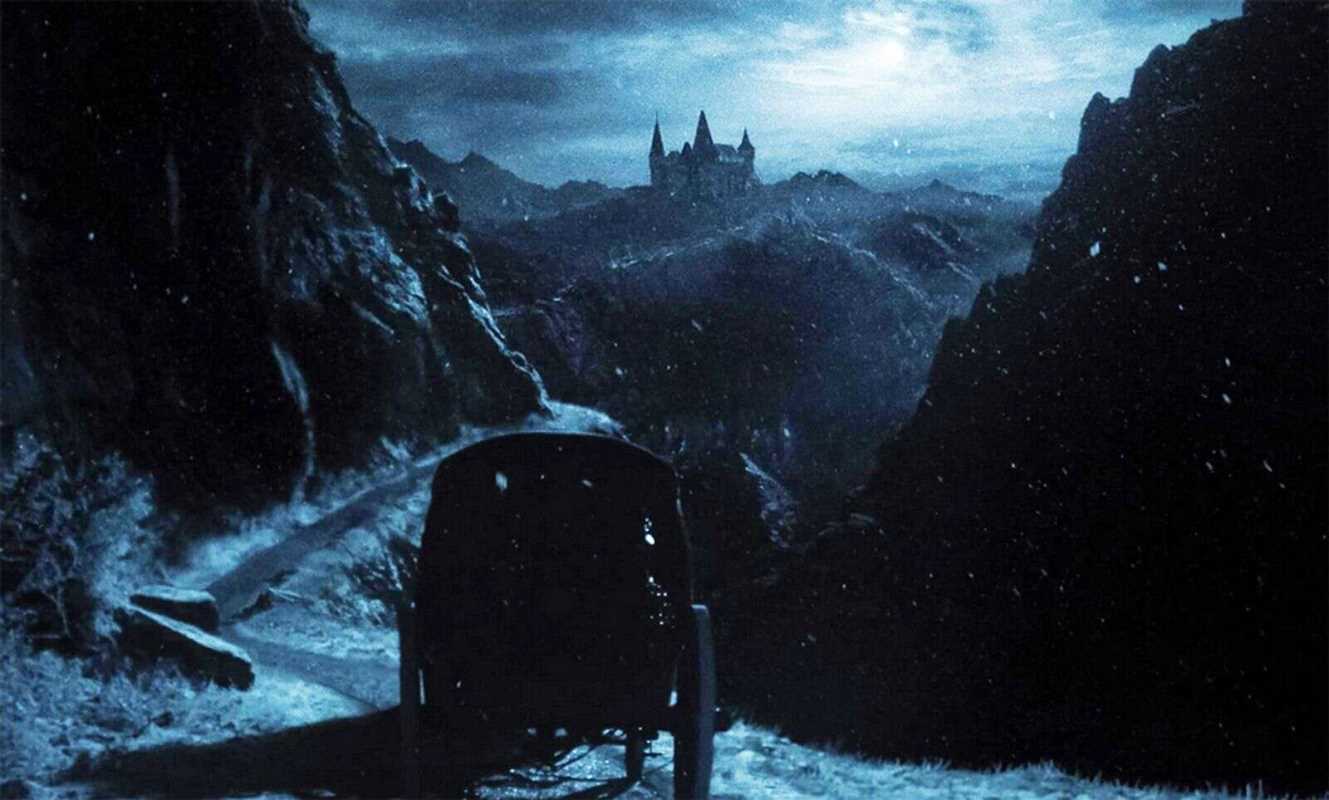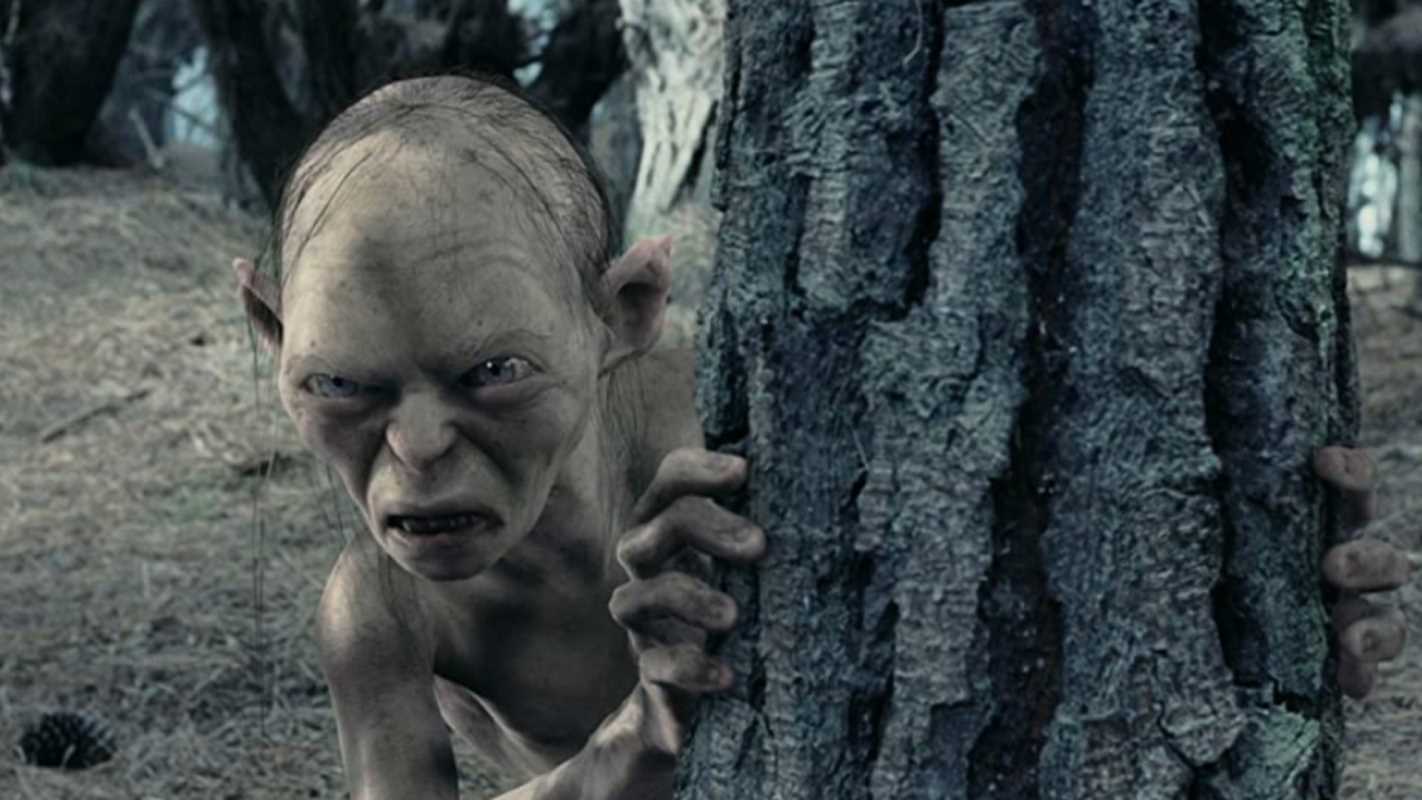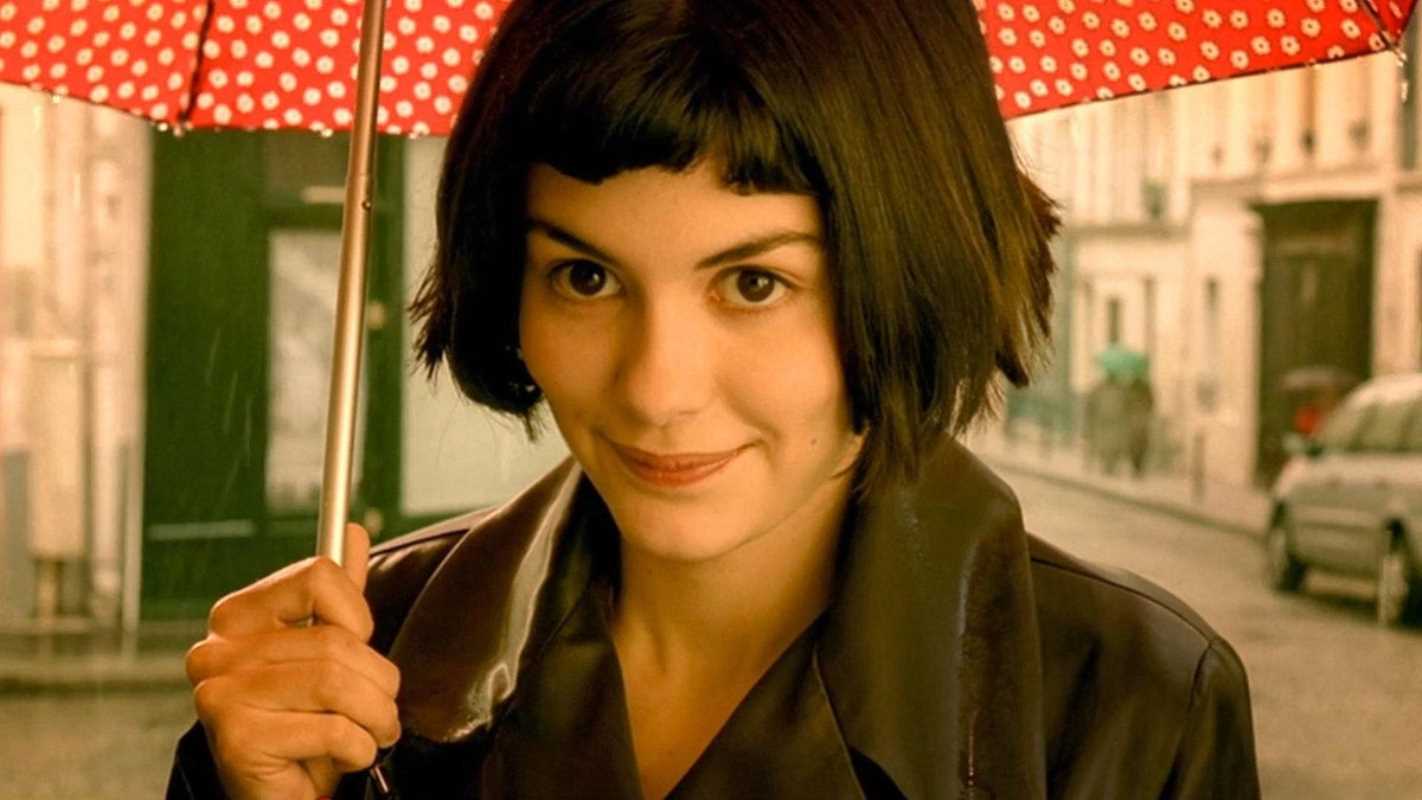Costume design in cinema is a narrative art form, a critical component that extends beyond mere aesthetics. A meticulously crafted wardrobe provides the performer with a foundational layer of their character, influencing posture, movement, and internal disposition. When costuming transcends visual appeal and becomes integral to storytelling, it enables actors to fully inhabit their roles, resulting in performances of significant depth and impact. This article will examine several films from the past decade where exceptional costume design was not merely an accessory to the performance but a catalyst for it. The discussion will focus on Black Panther, The Great Gatsby, Phantom Thread, and Mad Max: Fury Road, exploring how bespoke costuming became inseparable from the characters and the enduring legacy of the films.
Black Panther (2018): Crafting a Royal Identity
Ruth E. Carter’s Academy Award-winning work on Black Panther is a seminal example of world-building through costume. The designs for the nation of Wakanda required a synthesis of futuristic technology and traditional African cultures. This process was not simply about creating visually stunning attire; it was about defining a cultural identity that had never before been depicted on screen with such scope.
For the performers, these costumes provided an immediate and tangible connection to their characters' heritage and status. Chadwick Boseman’s Black Panther suit, with its sleek lines and vibranium-weave texture, was more than armor. It was a physical manifestation of his royal lineage and immense responsibility as king and protector. The actor’s ability to convey regal authority was directly supported by a costume that was both formidable and elegant.
Similarly, the intricate beadwork, distinct color palettes, and unique silhouettes for the Dora Milaje, the Jabari Tribe, and the River Tribe allowed the ensemble cast to embody their specific societal roles. The actors were not just wearing costumes; they were wearing the history, tradition, and spirit of their respective tribes. This level of detail enabled a deeper level of performance, where the clothing informed the characters' pride, strength, and sense of belonging. The collaboration between Carter and the cast resulted in a visual language that elevated every performance, making the world of Wakanda feel authentic and lived-in.
The Great Gatsby (2013): Embodying Decadence and Illusion
Catherine Martin’s designs for Baz Luhrmann’s The Great Gatsby were instrumental in capturing the opulence and underlying artifice of the Jazz Age. In partnership with Miuccia Prada, Martin created a wardrobe that was both historically evocative and modernly glamorous. The costumes were central to defining the characters' social aspirations and moral ambiguities.
For Leonardo DiCaprio’s Jay Gatsby, the bespoke suits—from his crisp white linen to his elegant pink three-piece—were a crucial element of the facade he constructed. The flawless tailoring and luxurious fabrics were Gatsby’s armor, projecting an image of effortless wealth and old-money sophistication that masked his true origins. The costuming allowed DiCaprio to physically portray this duality, with the pristine exterior contrasting his character's internal vulnerability and obsession.
Likewise, Carey Mulligan’s Daisy Buchanan was draped in ethereal, jewel-encrusted dresses that shimmered with every movement. These costumes visually represented her character's allure, carelessness, and transient nature. The delicate fabrics and glittering embellishments underscored her status as a beautiful, yet unattainable, object of desire. The performers in The Great Gatsby utilized their wardrobe to communicate the story’s central themes of illusion versus reality, with the lavish clothing serving as a constant reminder of the hollow core beneath the glittering surface.
Phantom Thread (2017): The Fabric of Obsession
In Phantom Thread, the costumes are not just part of the story; they are the story. Mark Bridges’ designs for the House of Woodcock are at the center of the film's narrative, defining the obsessive world of couturier Reynolds Woodcock, portrayed by Daniel Day-Lewis. The film offers a unique examination of how clothing is interwoven with identity, control, and relationships.
For Daniel Day-Lewis, the process of inhabiting Reynolds Woodcock involved an immersive study of the craft itself. The actor famously learned dressmaking for the role, and this deep understanding is evident in his performance. The way he handles fabric, drapes a mannequin, or inspects a seam is infused with the authority of a master craftsman. The costumes his character creates are extensions of his own psyche: meticulous, controlling, and imbued with hidden meaning. This symbiotic relationship between the performer and the wardrobe allowed Day-Lewis to deliver a performance of extraordinary precision and psychological depth.
The clothing worn by Alma (Vicky Krieps) tracks her evolution from a simple waitress to Woodcock’s muse and eventual adversary. Her transformation is charted through the increasingly sophisticated and restrictive gowns she wears, each one a reflection of Reynolds’s attempt to mold her into his ideal. The costumes became a medium for the power dynamics at play, making the wardrobe an active participant in the film’s central conflict.
Mad Max: Fury Road (2015): Designing for Survival
Jenny Beavan’s costuming for Mad Max: Fury Road demonstrates how wardrobe can convey character history and function in a world stripped to its bare essentials. In the desolate wasteland, clothing is not about fashion but survival, utility, and identity. Each costume is a collage of salvaged materials, telling a story of who the character is and what they have endured.
Charlize Theron’s Imperator Furiosa is defined by her pragmatic and utilitarian attire. Her look—a blend of weathered fabrics, tactical gear, and a formidable prosthetic arm—immediately establishes her as a resourceful and resilient warrior. The costume is devoid of any extraneous detail, reflecting a character focused solely on her mission. This functional design was critical for Theron's physically demanding performance, allowing for a full range of movement while reinforcing Furiosa’s grit and determination.
In contrast, the pristine white fabrics worn by the "Five Wives" serve as a stark visual symbol of their purity and imprisonment under Immortan Joe. Their delicate clothing is impractical for the harsh desert environment, emphasizing their vulnerability and their status as prized possessions. As their journey progresses, the slow degradation of their white garments reflects their hardening resolve and adaptation to the brutal world outside their gilded cage. Beavan's designs provided the cast with a powerful, non-verbal tool to communicate their characters' past trauma and evolving agency.
Moulin Rouge! (2001): Spectacle as a Second Skin
The costumes in Baz Luhrmann’s Moulin Rouge!, designed by Catherine Martin and Angus Strathie, are a dazzling fusion of historical Belle Époque fashion and modern theatricality. The wardrobe is not merely decorative; it is the lifeblood of the film's spectacular world, defining its characters' dreams, status, and tragic destinies.
For Nicole Kidman, the role of Satine, the "Sparkling Diamond" of the Moulin Rouge, was intrinsically linked to her opulent and often restrictive corsetry. The elaborate gowns and sparkling jewels were a physical representation of her character’s celebrated status and, simultaneously, her gilded cage. The famous black satin "Black Diamond" costume, with its dramatic bustle and intricate detailing, was designed to project an image of untouchable glamour, which Kidman used to inform Satine's public persona. The weight and structure of the corsets physically altered her posture, compelling a performance that radiated both seductive power and profound fragility. The costumes became a conduit for expressing Satine’s conflict between her role as a performer and her desire for true love, allowing Kidman to portray a character of immense depth beneath the glittering facade.
 (Image via
(Image via





